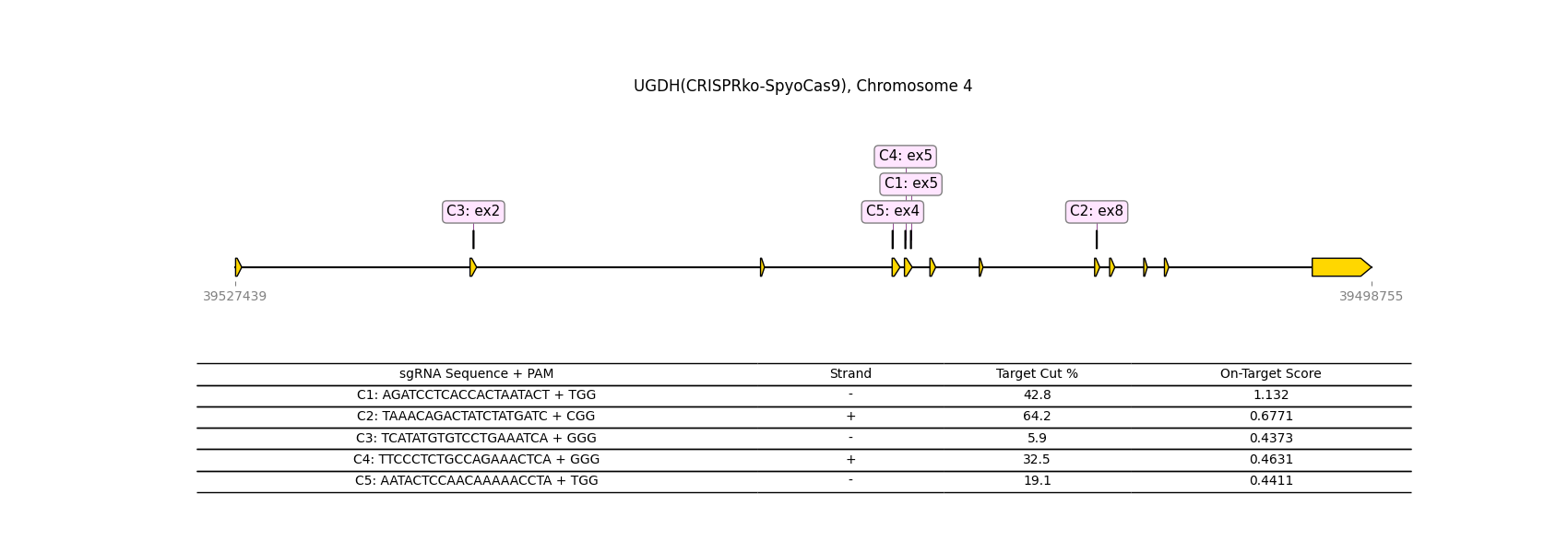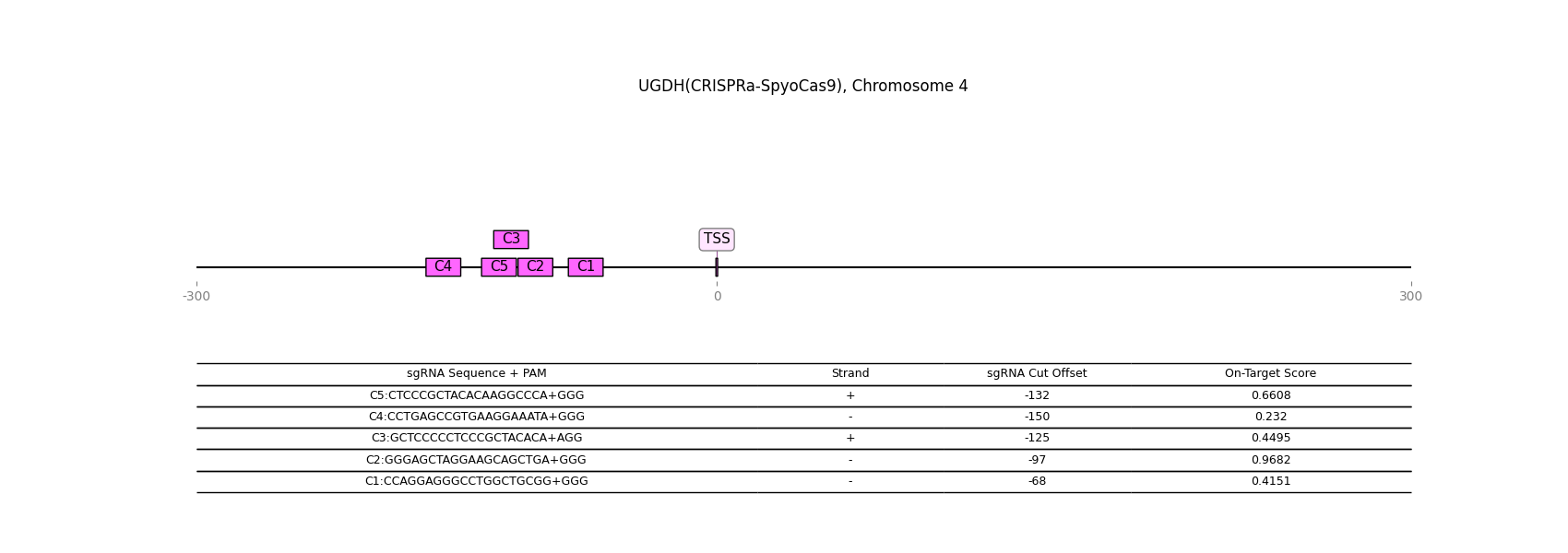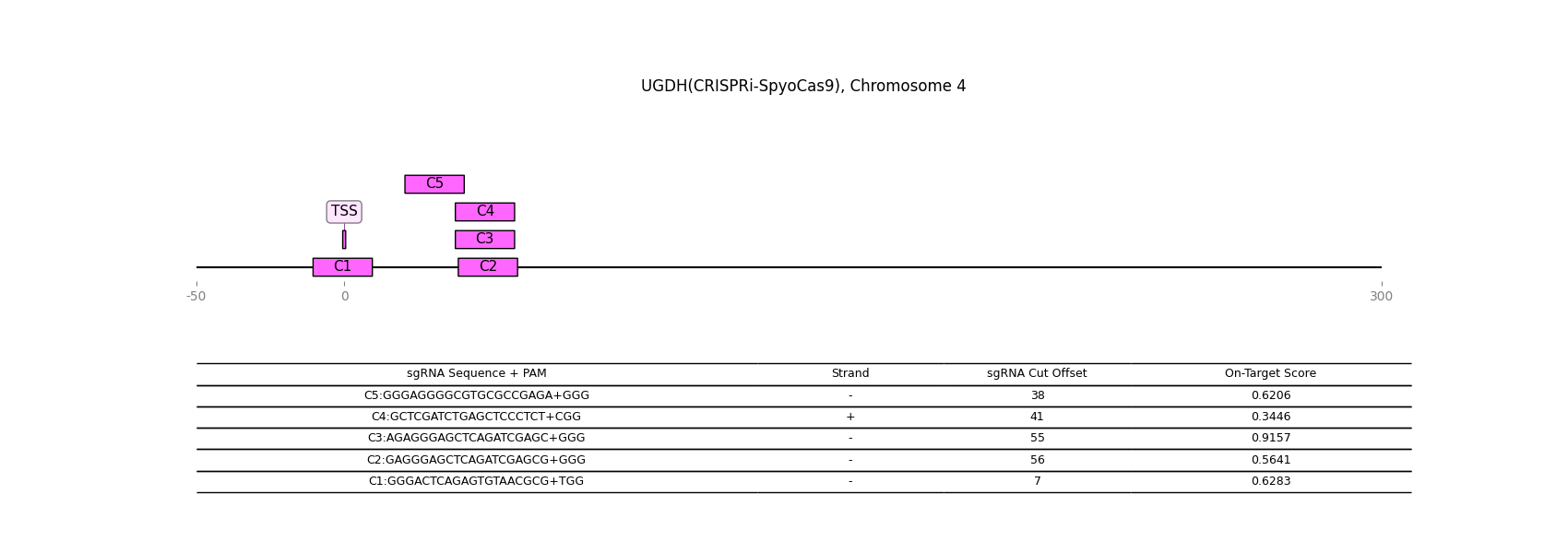Gene Details: UGDH
General Information
Gene Name: UGDH (UDP-glucose 6-dehydrogenase)
Synonym:
Short Names: UDP-Glc dehydrogenase;UDP-GlcDH;UDPGDH;
Alternative Names:
Notes:
- UDP-Glucose-6-dehydrogenase catalyzes the reaction to form UDP-glucuronic acid from UDP-glucose. Provides a pathway for UDP-GlcA to be synthesized for GAG synthesis in sugar nucleotide pathways.
- UGDH polymorphisms cause heart valve deformities during development in rare instances.
- Osteoarthritis is perpetuated by the lack of UGDH which provides additional GlcA for GAG regeneration in the synovial fluid.
- UGDH activity can be enhanced in some tumors. It causes an increase in hyaluronan synthesis, which can cause an increase in metastatic potential.
Description from Dr.Glyco-GPT:
Warning: LLMs can generate factually incorrect information, as they simply predict the next word based on training data. Always verify LLM output by cross-checking with reliable sources!
Catalytic Activity

Reaction and Disease Links
EC # (IUBMB):
1.1.1.22
Brenda:
1.1.1.22
KEGG: 7358
Rhea:
23596
Reactome :
R-HSA-173599
Transcript levels (Cell lines and Single cell data) URL
CRISPR-knockout

CRISPR-activation

CRISPR-inactivation

Transcription factor-gene relationship (details at glycoTF page)
Top 10 TFs
| TF | Score |
|---|---|
| TCF25 | 0.837371 |
| RBM39 | 0.828754 |
| UBE2I | 0.818452 |
| YY1 | 0.813817 |
| SON | 0.812772 |
| HNRNPK | 0.801526 |
| SRSF3 | 0.796029 |
| XRCC5 | 0.795126 |
| PCBP1 | 0.794980 |
| ATF4 | 0.793866 |
Licensing: CC BY 4.0. You are fee to copy, redistribute, remix, transform and build upon all material, except for textbook figures from the Essentials.